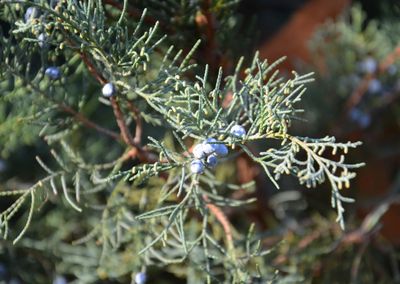What is Mountain Cedar?
Juniperus ashei has many common names. It is called ashe juniper and mountain cedar, but also rock cedar, Mexican juniper, and Texas cedar. This native juniper tree is an evergreen and is not very tall. It can present as a large shrub or a small tree, rarely exceeding 25 feet (7.5 m.) tall. Its primary habitat is central Texas but it also grows in the wild in Oklahoma, Arkansas, Missouri, and northern Mexico.
Mountain Cedar Information
The ashe juniper trees have rounded crowns as they mature. The trunks of these trees often branch from the base, and the dark bark exfoliates in strips. The leaves on these trees look like scales. However, they are green during the growing season and hold onto the color through winter. Some ashe juniper trees are male and others are female plants. The male trees bear mountain cedar pollen cones at the tips of the branches. Fruiting cones that look like berries appear on female trees. They provide food for wildlife.
Mountain Cedar Allergies
The male pollen appears in tiny amber cones, about the size of rice grains. There are many of them, covering the tops of the trees. In a rainy year, the trees produce tons of pollen. The cones begin to appear in December. In a short time, any breath of wind causes clouds of pollen near the trees. Mountain cedar pollen causes an unpleasant allergic reaction in some people. Some call it “cedar fever.” It can be an annoyance and even dreadful, causing red eyes, a runny nose, itchy ears, incessant sneezing, and a sort of fatigue that prevents the sufferer from having any energy. Those who suffer from mountain cedar allergies often end up visiting a doctor specializing in allergies. Shots are available that help about three-quarters of sufferers. Whether or not they are cured though, these people are not likely to start growing mountain cedar trees of their own.
